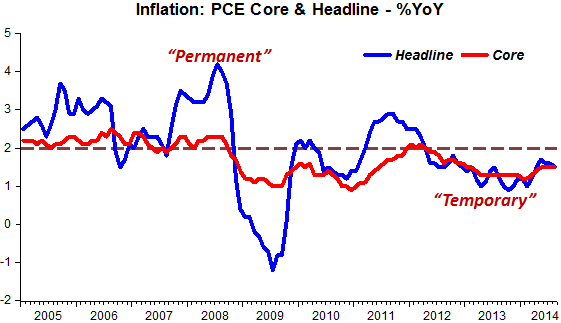Over at Bloomberg/Business Week, Peter Coy has a long piece titled: “John Maynard Keynes Is the Economist the World Needs Now”. I highlight one paragraph which demonstrates the confusion over monetary policy:
With fiscal policy missing in action, the world’s biggest central banks tried heroically(!) to plug the gap. The U.S. Federal Reserve cut interest rates to near zero, and when even that failed it tried some new tricks: buying bonds to bring down long-term interest rates (“quantitative easing”) and signaling the market that rates would stay low even after the economy was on the path to recovery (“forward guidance”). The limited effectiveness of those measures is sometimes chalked up as a failure of Keynesianism, but it’s just the opposite. Keynes was the economist who demonstrated that monetary policy ceases to be effective once interest rates hit zero and whose recommended policy in those circumstances was tax cuts and spending hikes.
It seems that writers never bother to find “new portraits” about which to write. Instead of this well-trodden one
They could write about this one, for example:
The intellectual response to the Great Depression is often portrayed as a battle between the ideas of Friedrich Hayek and John Maynard Keynes. Yet both the Austrian and the Keynesian interpretations of the Depression were incomplete. Austrians could explain how a country might get into a depression (bust following an investment boom) but not how to get out of one (liquidation). Keynesians could explain how a country might get out of a depression (government spending on public works) but not how it got into one (animal spirits).
By contrast, the monetary approach of economists such as Gustav Cassel has been ignored. As early as 1920, Cassel warned that mismanagement of the gold standard could lead to a severe depression. Cassel not only explained how this could occur, but his explanation anticipates the way that scholars today describe how the Great Depression actually occurred. Unlike Keynes or Hayek, Cassel explained both how a country could get into a depression (deflation due to tight monetary policies) and how it could get out of one (monetary expansion).





